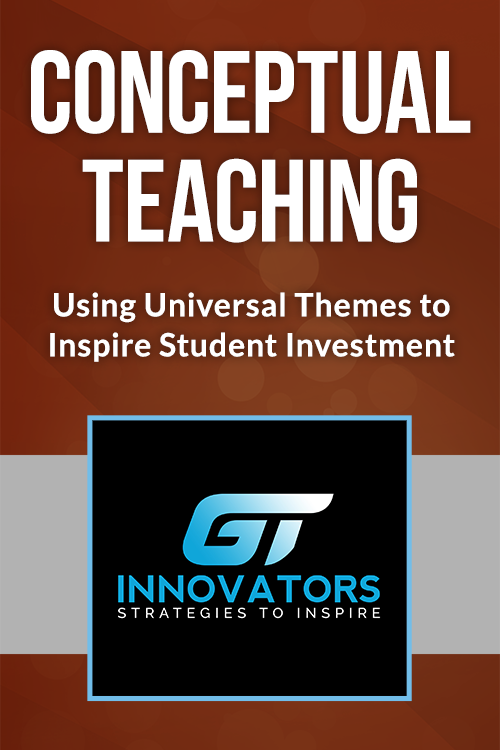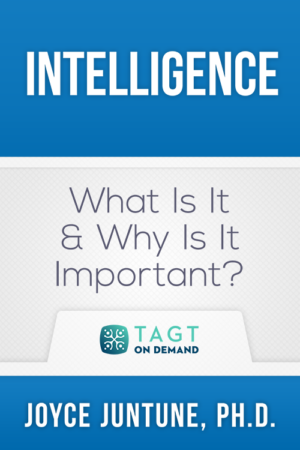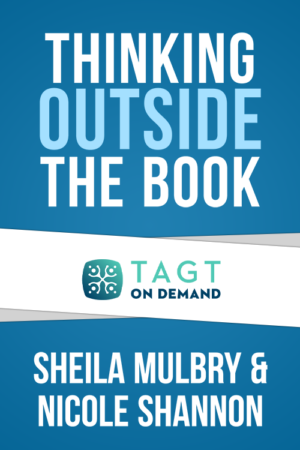Description
Think of all the childhood games that combine both the elements of pattern and surprise: duck, duck, goose!, jack-in-the-box, peek-a-boo. Although these are games for very young children, they highlight an important function of our brains — to recognize patterns and block out extraneous information. As they get older, students use this same function of the brain to recognize patterns within larger concepts and themes.
However, in order to overcome our students’ tendency to block out information they already know (or assume they know) teachers must plan conceptual teaching methods in a way that leads students to new learning. In this course, your teachers will learn how to use conceptual teaching to leverage their students’ backgrounds and prior knowledge in order to connect them to new learning. Recognizing that each student has their own unique learning style and approach to the content will help your teachers create meaningful and rich learning experiences.
In this 1-hour course, teachers will learn:
- How teaching through the lens of themes and concepts encourages student investment across content areas
- Tools for using universal themes in lesson planning
- How to use conceptual teaching to fulfill T-TESS Planning Dimension 1.3: Student Knowledge






Monica – WESLACO ISD (verified owner) –
THis was a wonderful thematic focus!
Crystal – WODEN ISD (verified owner) –
This training covered the topic well.
Alex – WESLACO ISD (verified owner) –
Great info!
Maria – WESLACO ISD (verified owner) –
Informative.
Trista – HALLSVILLE ISD (verified owner) –
It was a good review
Mariana – UNITED ISD (verified owner) –
Good course!
Stephanie – MIDLOTHIAN ISD (verified owner) –
I liked the real world examples.
Mariana – UNITED ISD (verified owner) –
The course was straight to the point, I wished there would have been more examples.
Sarah – UNITED ISD (verified owner) –
Short and to the point. keeps you engaged especially since these are things that are touched up on if you are a well seasoned teacher.
Kayla – UNITED ISD (verified owner) –
Helpful, but surface level information
Robin – UNITED ISD (verified owner) –
Interesting, but somewhat boring
Adriana – UNITED ISD (verified owner) –
Interesting
Claudia – UNITED ISD (verified owner) –
great course
Daniel – KATY ISD (verified owner) –
Great job, very engaging.
Virginia – UNITED ISD (verified owner) –
Short and to the point.
Aida – UNITED ISD (verified owner) –
Excellent resource to understand how to apply conceptual teaching into the classroom.
jorge – UNITED ISD (verified owner) –
yes
Karen – MIDLOTHIAN ISD (verified owner) –
good ideas to start a unit of study
Magdalena – WESLACO ISD (verified owner) –
Couldn’t find the handout attachment.
Violeta – LAREDO ISD (verified owner) –
Great course! It gives examples and shows the process to be used during lesson planning.
Jodi – CELINA CITY (verified owner) –
Good Information for educators
Jesus – SAN BENITO CISD (verified owner) –
Themes are very important for all contents.
Meigan – BEAUMONT ISD (verified owner) –
Good insight and examples of Big Idea themes for lesson planning.
Adriana – LAREDO ISD (verified owner) –
I think this course was excellent.
Rosales – ALICE ISD (verified owner) –
Great Course !
Sheila – KILLEEN ISD (verified owner) –
This was dry. I can read to myself, but this was just read to me.
Denise – FORT STOCKTON ISD (verified owner) –
Interesting ideas and concepts.
Maria – UNITED ISD (verified owner) –
It was monotonous.
Ben – HILLSBORO CITY (verified owner) –
It’s worth listening to
Julie – BRAZOS ISD (verified owner) –
This was a deeper look at how to connect student learning to universal concepts.
Thomas – NORTHSIDE ISD – SAN ANTONIO – REGION 20 (verified owner) –
Good information. A little random in its order.
Dezman – BEAUMONT ISD (verified owner) –
pretty good
Hillaree – MIDWAY ISD – WOODWAY (verified owner) –
Great course that is meaningful for all teachers regardless of the grade/subject you teach.
Krista – WODEN ISD (verified owner) –
Concepts are very applicable to any classroom, and especially helpful for co-planning aross the subject areas.
Cristen – Private Pay (verified owner) –
This is a very basic course. I hoped it would go a little bit deeper.
Sherry – Mobile County School District (verified owner) –
This course gave practical ideas to use in the classroom.